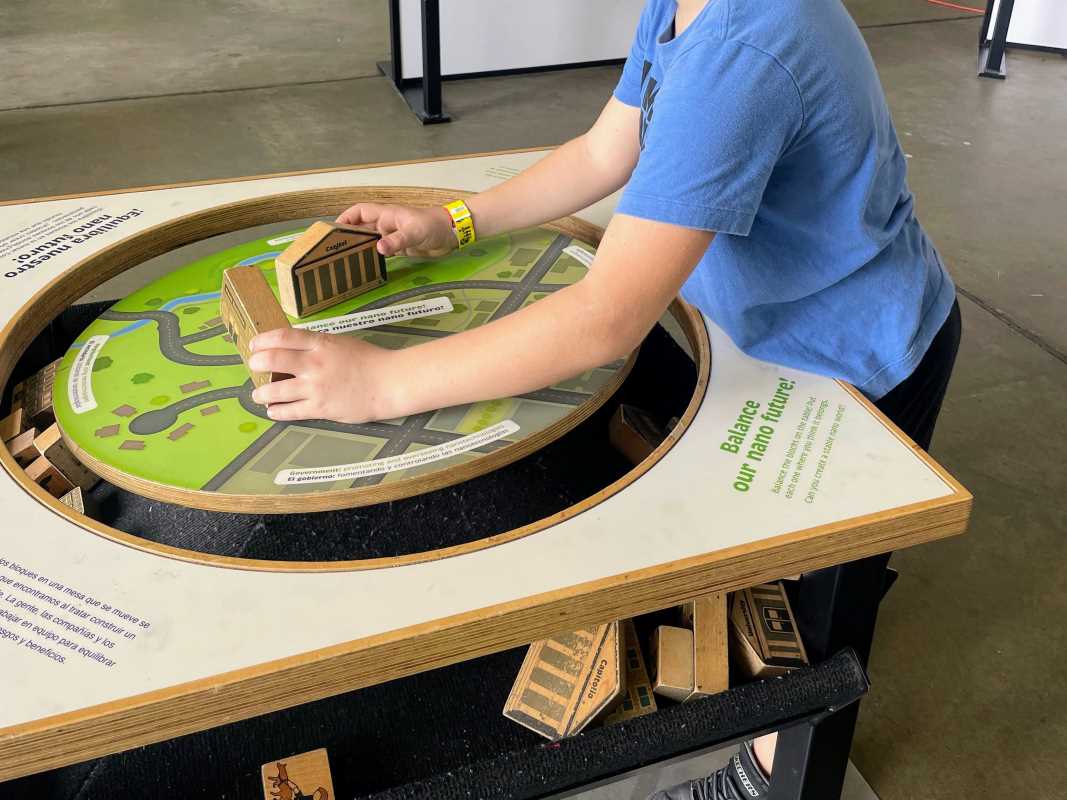Kinesthetic learners thrive when they immerse themselves in hands-on experiences and physical activities. These individuals shine when they have the opportunity to move around, touch, and interact directly with the materials they are studying. Incorporating haptic feedback, which uses tactile sensations to convey information, can significantly enrich their learning journey. When educators weave haptic technology into the fabric of their teaching environments, they craft a more engaging and effective educational experience. This approach is specifically designed to cater to the unique needs of kinesthetic learners, ensuring that the learning process resonates with their natural inclinations and preferences.
Understanding Kinesthetic Learners
Kinesthetic learners prefer to learn through movement and doing. They often excel in activities that require physical engagement, such as building models, conducting experiments, or participating in role-playing exercises. These learners typically find it challenging to absorb information through traditional lecture-based methods alone, as they need to interact with their environment to fully understand and retain new concepts.
Kinesthetic learners express ideas and solve problems effectively using their bodies. They tend to remember information by associating it with physical actions or experiences. This learning style closely links to motor skills and spatial awareness, making activities that involve touch and movement particularly effective for them. Understanding the unique needs of kinesthetic learners is essential for developing teaching methods that can help them excel academically.
The Basics of Haptic Feedback
Haptic feedback refers to the use of touch sensations to provide information or enhance interactions. In the context of learning, educators can employ haptic technology in various ways to support kinesthetic learners. Here are some common methods and technologies that provide haptic feedback:
- Vibrating Devices: These devices can simulate different textures or movements, allowing learners to feel as they interact with digital content.
- Force Feedback Controllers: Used in virtual simulations, these controllers provide resistance or tactile sensations to mimic real-world objects and actions.
- Touchscreens with Haptic Integration: These screens can provide tactile responses when touched, enhancing the interactive experience.
- Wearable Haptic Gear: Wearable technology like gloves or suits can offer full-body haptic feedback, making immersive learning possible.
- 3D Printers: Allowing learners to create and manipulate physical models based on digital designs.
Benefits of Haptic Feedback for Kinesthetic Learners
- Enhanced Engagement: Haptic feedback makes learning more interactive, keeping kinesthetic learners actively involved in the process.
- Improved Memory Retention: Physical interactions help reinforce memory by creating strong sensory associations with the material.
- Better Understanding of Complex Concepts: Tactile experiences can simplify abstract ideas, making them easier to comprehend.
- Increased Motivation: Hands-on activities are often more enjoyable, boosting motivation and enthusiasm for learning.
- Development of Motor Skills: Engaging with haptic technology can help improve fine and gross motor skills through practical application.
Integrating Haptic Feedback in Learning Environments
To effectively incorporate haptic feedback into educational settings, educators should align the technology with the learning objectives and the specific needs of kinesthetic learners. For instance, using interactive simulations that provide tactile responses can make subjects like physics or chemistry more tangible and easier to grasp. Educators can design activities that require students to build or manipulate objects, thereby combining haptic feedback with hands-on learning methods.
Implementing haptic feedback also involves selecting the right tools and ensuring that both teachers and students feel comfortable using the technology. Professional development for educators can help them understand how to integrate these tools into their lesson plans effectively. Furthermore, providing students with access to haptic devices during class and at home can create a consistent and supportive learning environment tailored to their kinesthetic learning style.
Challenges and Considerations
- Cost of Technology: High-quality haptic devices can be expensive, potentially limiting access for some educational institutions.
- Technical Issues: Reliable operation of haptic equipment requires proper maintenance and technical support, which may not always be available.
- Learning Curve: Both educators and students may need time to adapt to new haptic technologies, which can initially hinder the learning process.
- Accessibility: Ensuring that haptic feedback solutions are accessible to all students, including those with disabilities, is crucial.
- Integration with Curriculum: Seamlessly incorporating haptic feedback into existing curricula requires careful planning and alignment with educational standards.
Despite these challenges, the potential benefits of haptic feedback for kinesthetic learners make it a valuable addition to modern educational practices. By addressing these considerations and thoughtfully implementing haptic technologies, educators create more inclusive and effective learning environments that cater to diverse learning styles.
Haptic feedback enhances learning for kinesthetic learners by boosting engagement and retention through tactile interaction. When thoughtfully integrated, it can significantly improve educational outcomes.







.jpg)